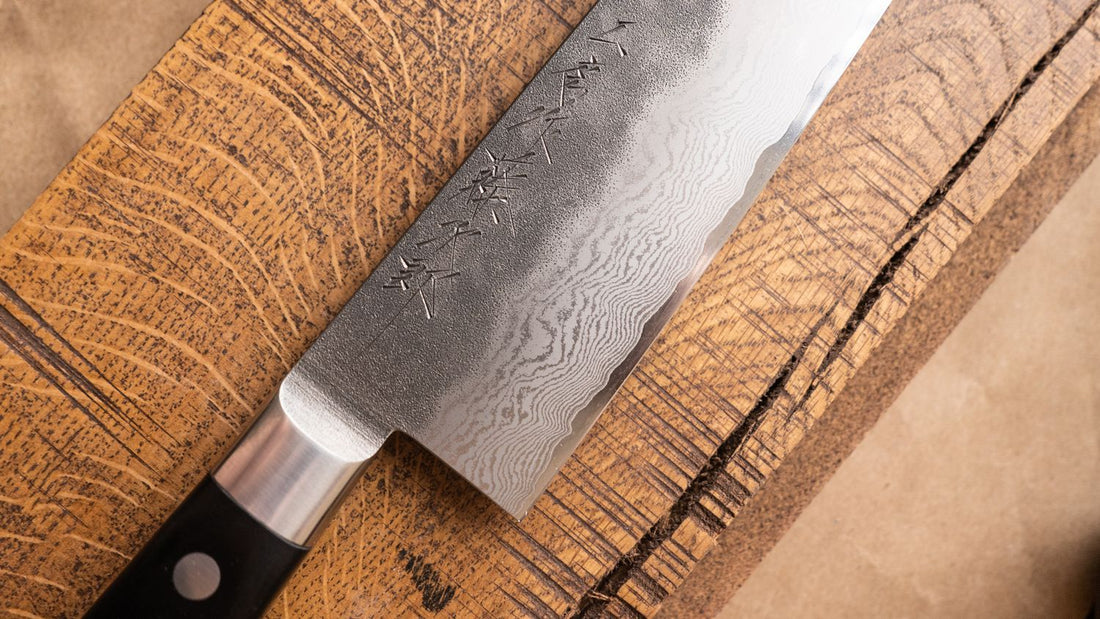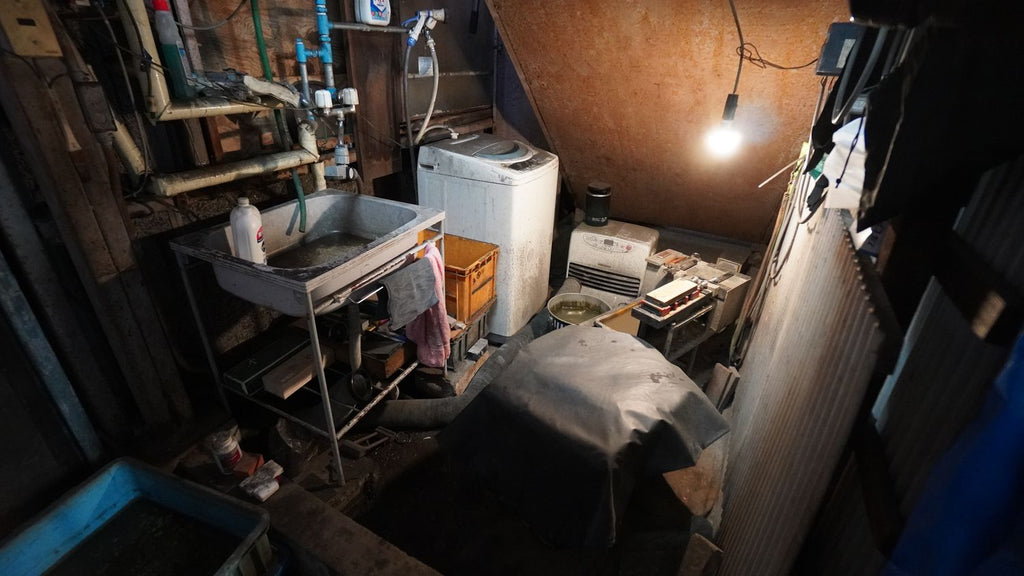
Why are Japanese Kitchen Knives so Expensive?
Have you ever built something? Made something with your hands? I’m willing to bet that you have at one point or another. When I was a kid in the 8th grade, I took shop class—little wooden cars, piggy banks, chess boards, that kind of stuff. And you know what? I sucked at it. Absolutely hated it. I was terrified of the band saw. Everything I made turned out kinda crappy, and the teacher gave me a “Pity C” for my efforts. I transferred to Home Ec. We never spoke again.
So shop class wasn’t for me. That’s OK. I don’t feel like I learned a lot about tools or wood or whatever, but I did come away with one precious piece of knowledge - craft takes time. It takes practice, dedication, drive, skill, etc. - There are virtues 8th grade Owen did not possess regarding woodworking. If I went back and tried again and worked hard at honing my skills for years, I’m sure I would improve. Perhaps even improve to the point where I could make stuff that people actually liked. Maybe even stuff that I could be proud of displaying or even selling.
And that’s just the thing - every piece I would make, every little wooden deer statuette or set of wind chimes - every single one would essentially be a culmination of years and years of work and practice. Its value wouldn’t just be the wood, the tools amassed, or the time I spent making that single item. It would be a physical representation of literal years of practice and love.

The incomparable Maboroshi no Meito 210mm Gyuto, featuring Teruyasu Fujiwara on the box it comes in.
When viewed through this lens, it’s really easy to understand why the knives we carry are priced as they are. For instance, let’s take Teruyasu Fujiwara-san - he’s a 4th generation swordsmith who has been making knives for his entire life in his great-grandfather’s workshop, using his great-grandfather’s tools. Where many artisans take some shortcuts to cut down on production time, he does not - he chooses to laminate his steel by hand. He works with some of the absolute highest quality steel (Shirogami #1A, if you’re a steel nerd) to ensure that his knives hold an edge exceptionally well and are very easy to sharpen. His “Maboroshi no Meito” 210mm chef’s knife, one of my personal favorites in the whole wide world, is $529.
Does this seem unfair? Heck no! I think this is actually a pretty ridiculous deal if you take the time to consider exactly what this knife represents. Even if you remove its incredible performance from the equation (which it has in spades, by the way), each of these knives he produces is a unique physical representation of the decades of work he has poured into mastering his craft. It’s also a representation of the centuries of work by those who came before Fujiwara-san to allow him to execute his skills the way he does. I would personally consider this price to be more on the modest side - these don’t even approach the amount of time and dedication it takes to forge Honyaki blades or to fold your own Damascus Steel.
Mazaki's sharpening set-up, meticulously ordered where he does everything almost entirely by hand.
All of this doesn’t even begin to consider the empirical stuff. Japanese knives, like the ones Fujiwara-san makes, are typically forged using much harder steel than those used outside of Japan. The high-quality materials with which the craftspeople start to give them a leg up in terms of performance, as harder steels can take a keener edge and hold it for much longer. Even knives made using more modern factory-forging techniques, like those from Haruyuki or Tojiro, will perform exceptionally well compared to other blades at around the same price point.
So why are Japanese knives so expensive? Well, for the sake of clarity, they’re really not. Not all of them anyway. You can get some truly magnificent simple knives at our shop for $100-$200 bucks, like these from Tadafusa. As for the fancier ones? The cream of the crop? Simply put, time is money. These knives are extraordinary and take a lifetime of experience and dedication to master their details and nuances. Blacksmithing is truly a creative art, and for some, owning and using a piece of it means a whole lot. How do you put a price tag on that?
It’s easy - we use strings.
If you’d like to learn more about the craftsmanship and care that goes into our knives, check out these articles:






